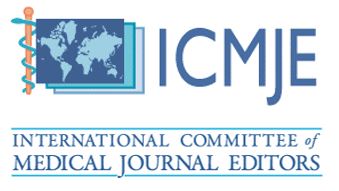Managing Tetraplegia with Blindness: Rehabilitation Approach
DOI:
https://doi.org/10.51200/bjms.vi1.3740Keywords:
spinal cord injury, low vision rehabilitation, central retinal artery occlusionAbstract
Background and aim: Spinal cord injury, especially tetraplegia, would severely disable an individual. The rare postoperative complication of cervical spine surgery, which caused bilateral blindness, would be catastrophic to a tetraplegic patient. Methods: A 60-year-old man sustained traumatic cervical cord injury (C2 AIS C) and underwent cervical decompression with dome laminoplasty of C3 – C6. He, unfortunately, developed bilateral central retinal artery occlusion, a rare postoperative complication leading to bilateral visual loss. Approximately 1-month post-injury, he was admitted to a rehabilitation ward with impairments of incomplete tetraplegia, non-perception of light in both eyes, orthostatic hypotension, neurogenic bladder, neurogenic bowel, neuropathic pain, multiple pressure injuries, and adjustment disorder with depressed mood. Results: Although the patient required caregiver assistance in most activities, functional improvement was observed by teaching him to incorporate other intact senses such as proprioception, stereognosis, and auditory sense. After 4 weeks of rehabilitation, the patient improved to C4 AIS D. His bed mobility required minimal assistance, transferred with the assistance of one person, was able to feed and groom with an assistive device. The rehabilitation process was complicated because the patient could not actively participate in therapy without assistance from his caregiver due to bilateral blindness and reduced sensation over all his limbs despite having adequate motor power for acquiring a certain level of independence in mobility and self-care. When vision loss presents together with sensory impairments, the impact of disability multiplies. Orientation and Mobility (O&M) training and sensory education were further strengthened with repeated verbal instructions to compensate for the loss of visual and sensory feedback to help the patient regain mobility and daily living skills. Three months post-rehabilitation, he was able to perform stand transfer with a walking frame under close supervision. Conclusion: Although total blindness with tetraplegia has severely disabled the patient, O&M strategies with remaining intact senses can be used to facilitate functional improvement.
Downloads
Published
How to Cite
Issue
Section
License
All articles are published under the Creative Commons Attribution-NonCommercial (CC BY-NC 4.0) license, enabling users to read, download, copy, distribute, and adapt the material for non-commercial purposes, provided proper credit is given to the original authors and the source. This model supports transparency, accessibility, and the global exchange of medical knowledge.








1.png)





